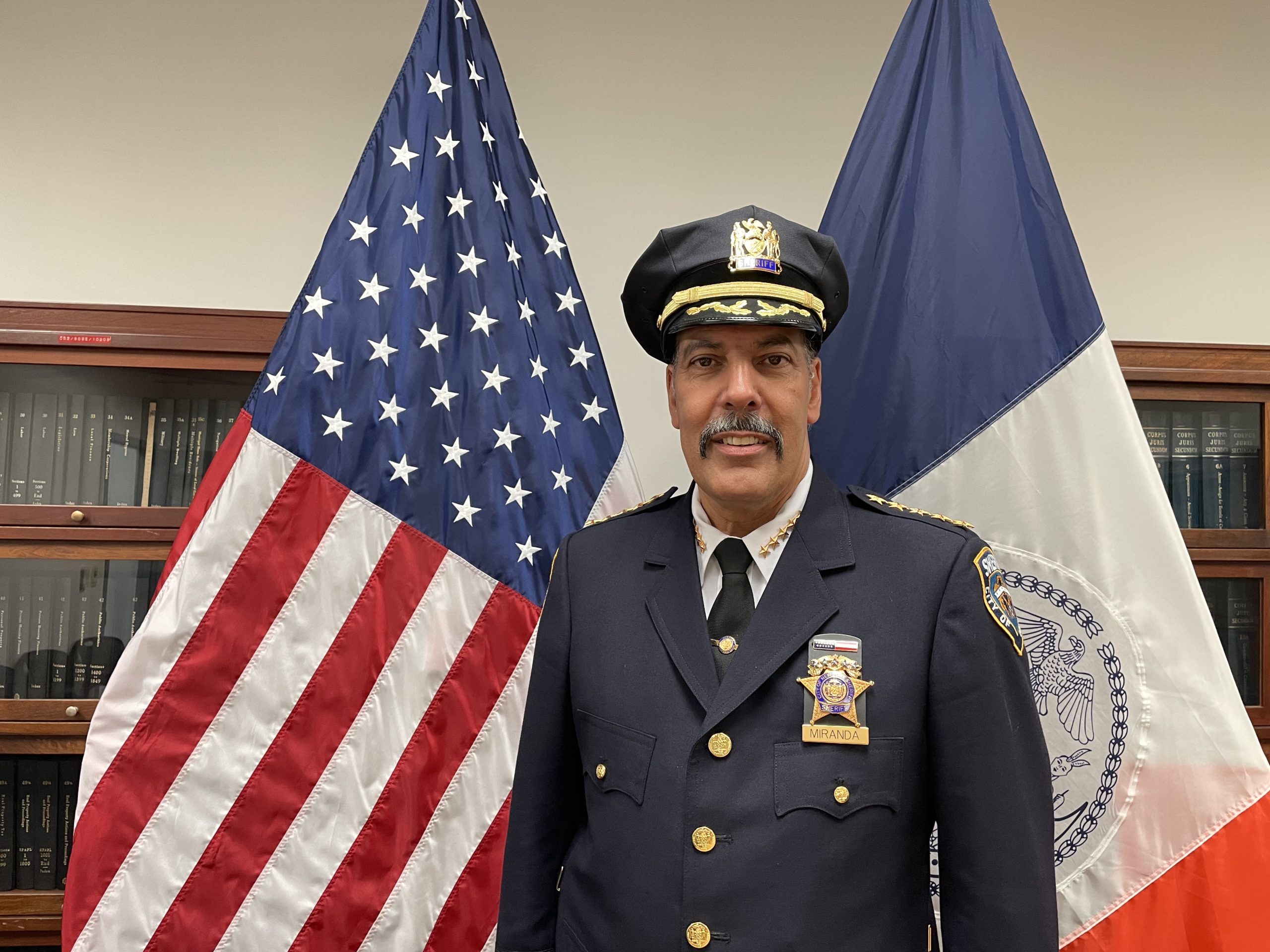One-on-one with the New York City sheriff

Contrary to popular belief, New York City indeed has a sheriff. And yes, he has a mustache and wears a large hat.
First created in 1626 – making it the oldest law enforcement agency in the United States – the sheriff’s office was, at one point, the only law enforcement agency in the city. It patrolled the streets, arrested people for criminal and civil improprieties, ran the city’s jail and enforced court orders.
Nearly 500 years after its creation, its role looks quite different.

Brooklyn Boro
View MoreNew York City’s most populous borough, Brooklyn, is home to nearly 2.6 million residents. If Brooklyn were an independent city it would be the fourth largest city in the United States. While Brooklyn has become the epitome of ‘cool and hip’ in recent years, for those that were born here, raised families here and improved communities over the years, Brooklyn has never been ‘uncool’.